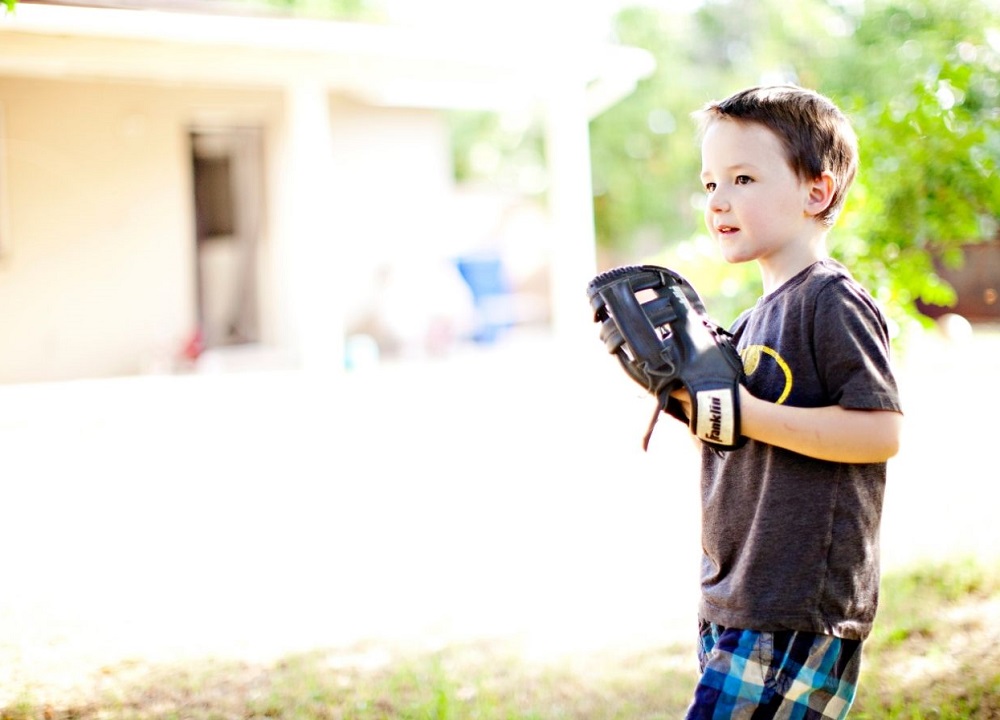Are you unsure about how to teach your child to read? Or are you finding it hard getting them interested?
Most children have a very short attention span, so getting them focused on learning anything is often quite challenging.
But this is one job you can’t shirk because all children must learn to read in order to understand language and effectively communicate their wants and needs.
Learning to read English is very important for kids because it sets the stage for how clearly they are able to convey their thoughts and ideas to others.
Trying to get a toddler to sit down and pay attention for 5 minutes can be a huge challenge, but as parents we must be up for the task.
A good way to start with any small child is to get them to like books by making sure they have plenty of their own picture books to pick up and “read” anytime they want.
The best way to teach children how to read is by reading to them on a very regular basis This can start at a very early age.
Set up a daily routine of reading to them. Many parents find that bedtime is the perfect time for this because they’re relaxed and less distracted. Start out with children’s storybooks with lots of colorful pictures.
As you’re reading the story make sure you say the words clearly, point to the words in the book, and then the picture that corresponds to the word. This way, they’ll connect the sound with the printed word and the picture.
Try to find books that your child enjoys and that adhere to a central theme. This way there will be repetitive words in these stories. While reading make sure you clearly enunciate each word emphasizing the sounds of the letters.
For example, you can pronounce each letter in the word “dog” to teach him/her that the sounds join together to form a single word. As you do this, point to a picture of a dog in the storybook, so they associate the printed word with the picture of a dog.
Also, parents are supposed to be role models for their children. So, if your children see you reading magazines and books on a regular basis, they’ll be more likely to do the same.
When you’re driving around with your children doing errands, point to signs, reading what they say to your child. Spell the words, enunciating each letter before pronouncing the entire word.
After reading a story, ask your children some questions about it. If you make a habit of doing this they will learn the importance of paying attention.
These can be questions about what happened in the story, what characters they liked best and whether they learned anything new from the story.
Children usually have at least one favorite story book. Let them know that it is okay to ask you to read this same book to them whenever they want.
You can even do this with new storybooks. Just stop reading before you get to the plot and ask your child to create their own plot line or ending to the story and tell you what it is.
You can also take a new storybook and make up your own story together just from the pictures. This is a good way to encourage your child to use his/her imagination and creativity.
Have fun with your kids rhyming words. Even at a very young age they can come up with words that rhyme. Then spell them out and explain how the last letters of these words are all the same.
You can go around your home with your kids attaching labels on everything. All it takes is some paper, a pencil and a little Scotch tape. You can also do this when you’re out doing errands.
Don’t just point at something while saying what it is, take the time to write it out on a piece of paper, or just type it out using your phone. Then, let your child read it back to you.
When a child has their very own library card they develop a sense of pride and look forward to going to the library.
Getting them in the habit of borrowing books on a regular basis encourages reading from a very young age. It’s important that they be involved in deciding which books to check out.
You should also take them to bookstores, so they can enjoy selecting books that they don’t have to return, ones they can keep and read, or have you read to them, over and over again.
Let’s take a look at some of these:
This may sound simplistic, but it’s amazing how much learning this song can help. Singing this song teaches children how each letter sounds and is pronounced. Learning phonics from a very young age is an enormous help when they start reading.
You can also teach your children phonics when you’re reading to them by making a point of emphasizing the sound of certain letters in words that frequently appear.
Young children are not going to understand everything you read to them. So, before trying to get them to understand everything, just work on teaching them how to sound out or decode words.
How you do this is by showing them that the letters b a t, can be sounded out and said together to make the word “bat.”
They can learn this early on, before they even know what a bat is. In teaching them how to sound out words, use simple words they see and hear all the time. This way they will recognize them right away.
For example, you can get them to try sounding out words like, “boy,” “girl,” “to,” “at,” “for,” “has,” “have,” “my,” “mine,” and etc.
Make this a game by giving them a treat or prize each time they are able to correctly pronounce a new letter combination or word.
You might also try switching the game around by sounding out a word and asking your child to then spell the word. Older children can be asked to write the word down.
Go outside and write down on separate pieces of paper the different things you see. Then get your kids to join you outside and hand each of them a piece of paper with the object named. Ask them to read it, and once that’s done, ask them to match the word with the object.
You can do this after your child already has a little bit of experience sounding out or decoding words.
Kids love scavenger hunts, so why not have one inside? Hide pieces of paper with clues written on them that help your kid find where you’ve hidden the next clue.
When all the clues have been found your kids will have been led to the prize, and this can be a brand-new book for each child.
There are a lot of ways for you to help your kids advance their reading skills. You can make a flip book with 3 commonly used letters, one to a page. Then have 3 sets of pages one after another, all forming familiar words. Then, ask your child to read them back to you.
Kids love playing Pictionary, where they have to read a word, know what it represents and looks like. They then must draw a picture of it while explaining it to you. Depending on their age, kids often need a little help from an adult.
As your children advance you can ask them to make a list of the most 3- or 4-lettered words they can write out within a certain time frame.
The whole idea is to find ways to have fun teaching your children to read. But never forget that children learn the most by modeling their parents.
This means practicing what you preach, by reading for enjoyment yourself, checking out books from the library and making reading part of your routine. Kids also don’t have to be restricted to reading books. There are educational magazines just for children that you can subscribe to. This gives them something to look forward to receiving in the mail on a weekly or monthly basis.
All parents want their children to succeed in school and in life and learning to read early on can certainly be an advantage. As we’ve discussed, there are many ways that you can teach your kids how to read, starting out by routinely reading to them. They then develop an appreciation for storytelling, which makes them want to learn to read on their own.
The more stories you read to them and the more they read themselves, the more interesting the world becomes to them. This is what stimulates an overall desire to learn, which is something that can last a lifetime.
We invite you to have tons of fun teaching your children to read. If we’ve missed anything, feel free to let us know in the comments section below. We’d love to hear from you!





